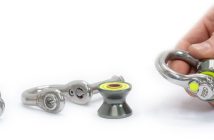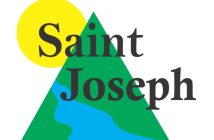Inspections
Pay particular attention to premises and equipment used by participants, as well as those that are subject to wear and/or the elements. Develop forms and procedures that address all the components and subcomponents to be reviewed. The forms should spell out the frequency of such inspections and who is qualified to perform the inspection. These inspections (and accompanying documentation) are important to triggering such activities as maintenance, decommissioning of equipment, opening and closing of attractions, etc.
Industry standards require all elements to be tested, inspected, and the results recorded by competent persons prior to opening each day. More thorough inspections should be scheduled and conducted per OEM requirements, or as required by the code for the local jurisdiction.
Personal Protective Equipment
Consider the use of PPE for activities that include travel at heights or the potential for falls from heights. Depending on the scope of the activity, such equipment might include the application of flexible lifeline systems, fall protection, and/or participant restraint. Carefully weigh the benefits and drawbacks of specific PPE systems in regard to longevity, costs, supervision and staffing, participant requirements and training, and documented losses.
Which type of PPE (helmets, harnesses, gloves, eye protection, clothing, footwear, etc.) are required for participants and staff should be clearly defined by the OEM/builder, along with systems for inspection, maintenance, record-keeping, retirement, and replacement. Don’t make decisions about the substitution of PPE without consulting the OEM or a qualified, professional vendor.
Plans, Policies, and Procedures
The development and implementation of operating documents and their contents is critical to providing as safe and legally defensible an operation as is reasonably feasible. If a potential incident or loss is “foreseeable” by a knowledgeable operator, then it ought to be addressed in one of these types of documents.
In contracting with a professional installer/designer, pay particular attention to the quality of support documents that accompany the installation, and the operating experience of the designer. Professionally developed plans, policies, and procedures specific to your park design, along with tested staff development systems, can represent a significant cost savings and mitigate long-term exposures. It is especially important to address in the contract with the vendor the specific standards to which the course will be designed and installed. As more and more jurisdictions begin to regulate adventure parks, these jurisdictions may well dictate what standards you and the vendor must meet.
Documentation
It is extremely important to document all risk management activities as part of a comprehensive risk management program. Whether it be training and education, or the daily, weekly, or annual inspections that are regularly performed, keep a written record that clearly indicates what was done, when it was done, who it was done by, and whether there were any outcomes or comments.
As documents are often admissible in court, pay particular attention to their design, and seek their approval by the complete risk management team. That might include legal counsel and your insurer as well as your park managers. Operations aligned with a larger organization, such as a resort or museum, may have a head start on developing proper documentation. Independent operations can obtain additional guidance from a human resource professional, employment labor consultant, or professional vendor.
It is important to invest in managers, staff, and continuing education to ensure that your plans and procedures are properly and consistently implemented—and to then document those actions.






